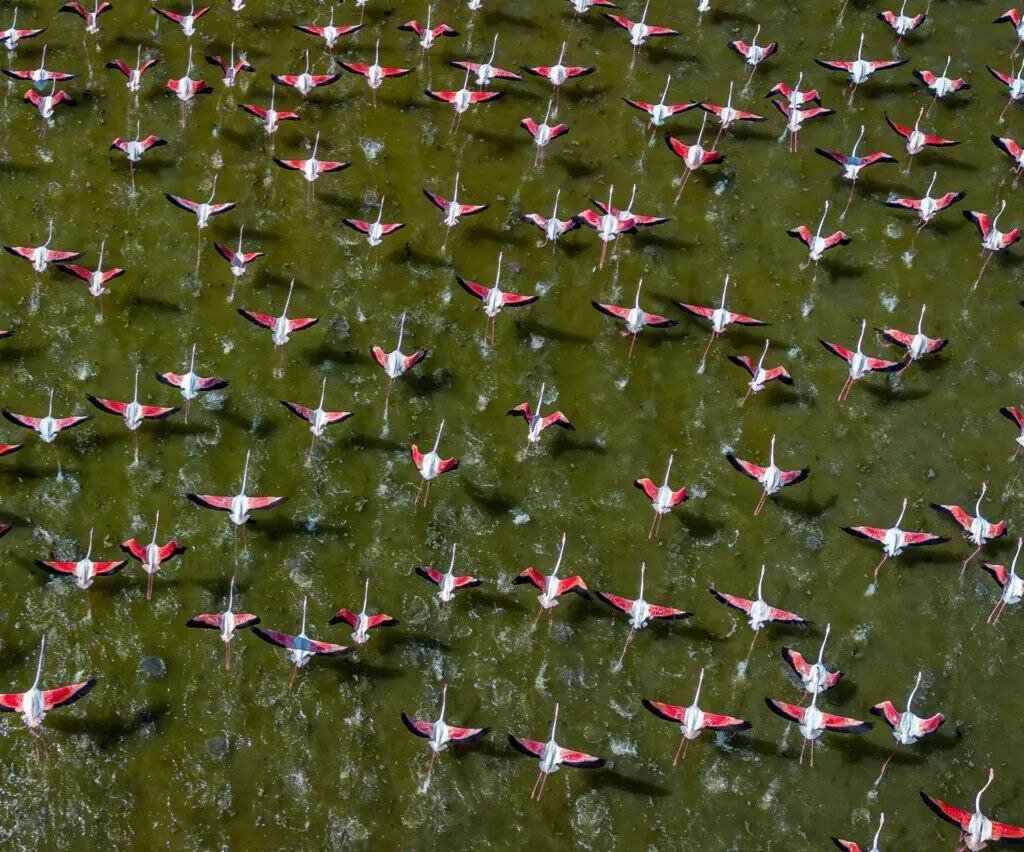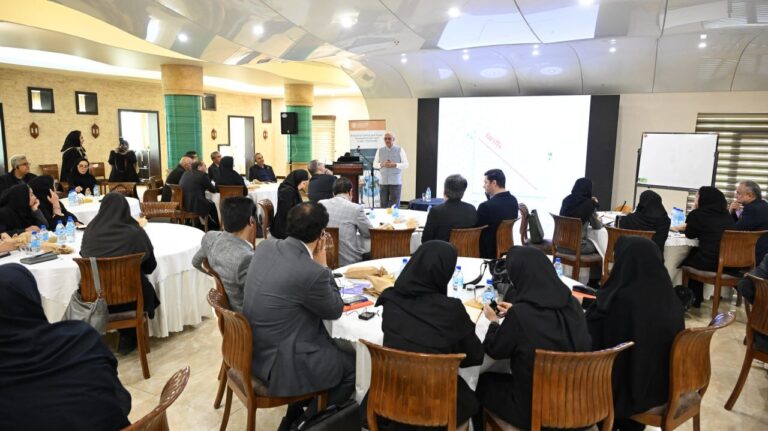World Migratory Bird Day 2023: Building Bird-Friendly Communities for a Sustainable Future
World Migratory Bird Day (WMBD), celebrated biannually on May 10 and October 11, serves as an important platform to raise awareness about the numerous challenges faced by migratory birds due to human activities, particularly urban development. This year’s theme, ‘Shared spaces: Creating bird-friendly cities and communities’, highlights the urgent need for cities to become more accommodating to these remarkable creatures. It combines scientific insights with actionable steps for individuals and communities to support migratory birds.
The focus of WMBD is on creating and adapting environments that promote the well-being of migratory bird populations across diverse communities, from bustling metropolises to smaller towns. This day encourages collective action from various sectors, including:
- National and local governments
- Businesses
- Community groups
- Individuals worldwide
According to WMBD 2025, every community, whether urban or rural, has a significant role to play in supporting migratory birds. Effective city planning and the adoption of bird-friendly practices can make a substantial difference. Here are some suggested actions communities can take:
- Create healthy habitats for migratory birds
- Reduce pollution in urban areas
- Prevent collisions with glass windows and other built structures
Urban expansion and man-made environments pose serious threats to migratory birds, leading to habitat loss and increased risks of fatal collisions with buildings. Therefore, sustainable urban development that avoids sprawl and habitat destruction is crucial. Collaborative efforts among neighbors, schools, and local organizations can also help protect birds and raise awareness about their importance to the planet’s health and ecosystems.
By restoring natural elements in our cities and fostering cooperation between citizens and elected officials, we can mitigate the adverse effects of urbanization on biodiversity. Such initiatives are vital for creating bird-friendly environments that not only support migratory birds but also enhance the quality of life for all urban residents.
Iran: A Crucial Stopover for Migratory Birds
In West Asia, Iran stands out as a vital refuge for migratory birds, especially during the winter months. An official from the Department of Environment has reported that approximately two million migratory birds fly to Iran each year to spend the winter in its wetlands. This makes Iran a key stopover for birds migrating from Siberia to the Nile.
The country is home to numerous wetlands, reservoirs, and diverse water bodies, welcoming millions of migratory birds annually. According to Hassan Akbari, a representative from the Department of Environment, 16 percent of migratory birds choose to spend their winter in Iran, making it an essential habitat for these species.
Iran boasts a rich diversity of migratory birds, with more than 160 species of aquatic and waterside birds identified within its borders. This significant diversity is noteworthy, especially given the limited water resources available in domestic habitats. However, studies indicate that the abundance and diversity of migratory birds entering Iran have remained stable, with a majority flocking to the coastal areas of the Caspian Sea and the Persian Gulf.
Currently, Iran hosts over 5 percent of the world’s migratory birds, which utilize approximately 450 sites across the country during the winter months. Akbari noted, “Every year, some 30 to 40 million birds are counted globally, with these statistics recorded in the International Waterfowl Census (IWC) database.”
In conclusion, the observance of World Migratory Bird Day serves as a reminder of our shared responsibility to protect these incredible creatures and their habitats. By fostering bird-friendly communities and promoting sustainable urban practices, we can contribute to the well-being of migratory birds and enhance biodiversity in our environments.





